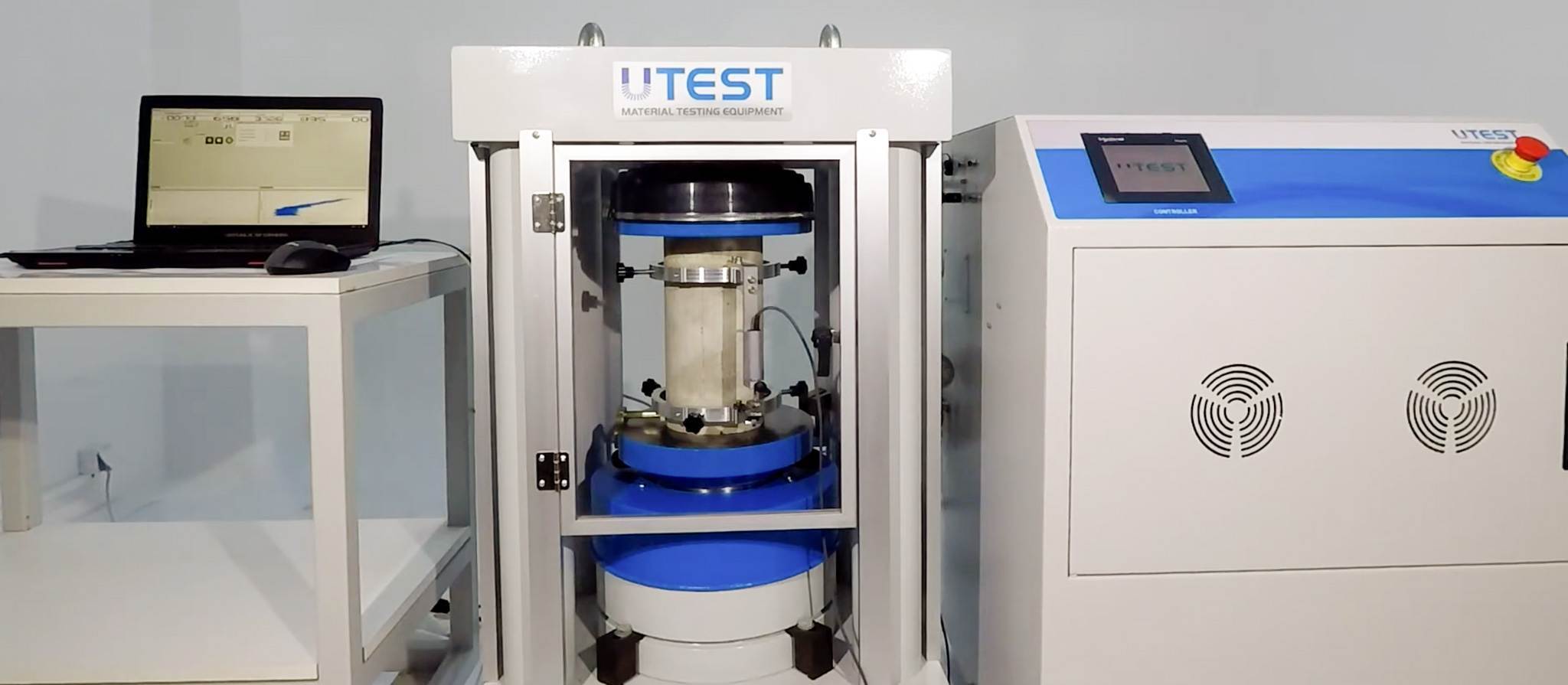No Products in the Cart

Concrete testing, while not ancient, has been a critical part of modern construction practices for many decades. Early forms of material testing existed in various forms throughout history, but the systematic and scientific approach to concrete testing we see today has evolved over the past centuries with advancements in engineering and technology. Throughout history, ancient civilizations like the Egyptians, Romans, Chinese, and medieval Europeans used basic methods to test construction materials. They relied on visual inspections, sound tests, compression, and weather resistance to ensure strength and durability, laying the groundwork for modern material testing practices.
Today, concrete testing is a sophisticated process involving advanced techniques to assess properties such as compressive strength, durability, and mix quality. Engineers and contractors use these tests to detect potential issues early, ensuring the safety, longevity, and integrity of structures, and preventing costly repairs.
Concrete testing involves following certain fundamental principles to obtain accurate and reliable results. First and foremost, it is essential to adhere to standardized testing methods and procedures. This ensures consistency and comparability of results across different projects. Additionally, proper sample collection and preparation, as well as careful instrumentation, are crucial for obtaining valid and representative data.
Another key principle in concrete testing is the importance of conducting tests at different stages of the construction process. From the initial batching of concrete ingredients to the testing of hardened concrete specimens, monitoring the properties of concrete throughout its lifecycle is essential for detecting any variations or discrepancies that may impact the final structure's performance. This proactive approach helps in identifying potential issues early on and implementing corrective measures to maintain the desired quality standards.
Concrete testing equipment encompasses a wide range of tools and instruments that cater to the specific needs of different testing requirements. Concrete equipment can be classified into three categories:
Non-destructive testing (NDT) equipment assesses concrete properties without causing damage, providing valuable insights into strength, integrity, and condition. Key NDT tools include the Rapid Chloride Permeability Test for measuring chloride resistance, Digital Rebar Pull-Out Force Tester for bond strength, Rebar Detector and Profometer PM-630 for locating and sizing rebar, Bartracker Concrete Covermeter for measuring concrete cover thickness, and Schmidt Hammer(Type L and Type N) for surface hardness and compressive strength assessment. These instruments are crucial for ensuring the durability and safety of concrete structures.
Testing the properties of freshly mixed concrete is crucial to ensure it meets the desired consistency and workability. Key fresh concrete testing equipment includes the Concrete Field Testing Kit for comprehensive field assessments, Automatic Programmable Mixer for consistent sample mixing, Steel Unit Weight Measures for density determination, K-Slump Tester and Slump Test for measuring workability, Vebe Consistometer for low-slump mixes, Poker Vibrator for proper compaction, J-Ring for self-consolidating concrete flow, Concrete Pocket and Mortar Penetrometers for setting time and early strength, various Concrete Mixers for uniform mixing, and Air Meters for air content measurement. These tools ensure the quality and performance of concrete at its early stages, meeting required standards and specifications.
Once the concrete has set and hardened, assessing its strength, durability, and other mechanical properties becomes essential. Hardened concrete testing equipment includes tools for strength testing, flexural testing, and maturity testing. Strength testing equipment, such as compression machines and portable beam testers, measures the compressive and flexural strength of concrete specimens. Flexural testing evaluates the concrete's ability to resist bending, ensuring it meets required standards. Maturity testing, using tools like the Command Center Concrete Maturity Monitoring system and various sensors, tracks the development of concrete strength over time. These tests provide crucial insights into the long-term performance and durability of the concrete structure.
When selecting concrete testing equipment, it's essential to consider factors such as specific testing requirements, budget constraints, and the intended use of the equipment. Additionally, the reputation and reliability of the manufacturer or supplier are also crucial to ensure the accuracy and longevity of the equipment. UTEST stands out as a leading manufacturer known for its commitment to customer satisfaction, quality, and support. With a presence in over 80 countries and an ISO 9001 certification—one of only two companies in the industry with this distinction—UTEST guarantees that their products undergo rigorous testing and calibration throughout the manufacturing process. This ensures that customers receive reliable, repeatable, and high-quality equipment, backed by an industry-leading 2-year warranty. For those in Canada, Measur is the exclusive authorized distributor for UTEST products.
Proper maintenance and regular calibration of concrete testing equipment are essential to ensure accurate and reliable results. Following the manufacturer's guidelines and scheduling routine maintenance checks can significantly extend the lifespan of the equipment. Moreover, periodic calibrations and quality control checks help in maintaining the accuracy of the instruments.
Proper usage of concrete testing equipment is vital to obtain accurate and consistent results. Before operating any equipment, it is important to familiarize oneself with the instrument and its operating instructions by reading the manual. Certain safety measures should be followed to ensure the well-being of the operators and the integrity of the testing process.
When handling concrete testing equipment, personal protective equipment (PPE) such as goggles, gloves, and safety boots should be worn to minimize the risk of injury. Following safe operating procedures and guidelines for each specific test is essential to prevent accidents and ensure reliable results.
Each concrete testing procedure has its own set of steps and guidelines. Following the recommended procedures ensures consistency and comparability of results. Detailed step-by-step instructions must be followed while conducting tests such as compressive strength testing, slump testing, and air content testing for accurate and meaningful data interpretation.
Give us a call or drop by anytime, we will answer all enquiries within 24 hours on business days. We will be happy to answer your questions.
We would love to hear from you! Our team is always here to help.
+1 866 300 9012
contact@measur.ca
Vancouver, British Columbia
Calgary, Alberta
Mississauga, Ontario
Montreal, Quebec